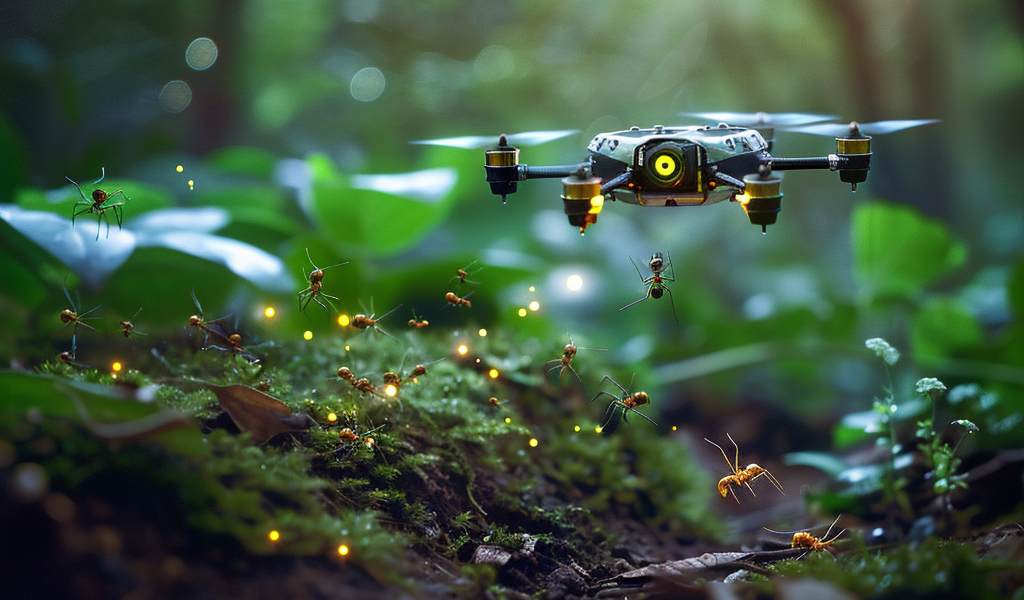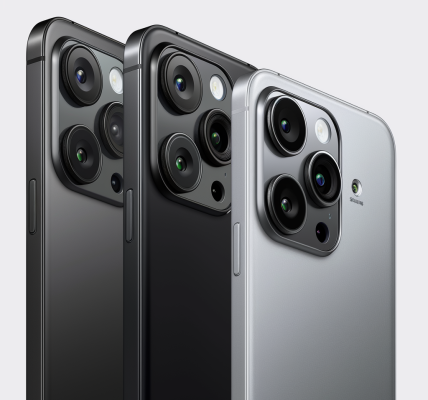In a remarkable advancement in drone technology, researchers at Delft University of Technology (TU Delft) have developed a record-setting micro-drone that mimics the navigation strategies of foraging ants. This innovative approach aims to enhance the autonomous capabilities of small aerial drones, enabling them to perform complex tasks such as search and rescue operations, environmental reconnaissance, and even agricultural pollination.
Micro drones, known for their lightweight design and versatility, face significant challenges in navigation due to their limited onboard processing power. Traditional navigation methods, such as GPS, are effective outdoors but fail in indoor environments, where wireless wayfinding beacons might not be readily available. Larger drones often rely on sophisticated systems like LiDAR and computer vision, which require substantial processing capabilities that micro drones simply cannot accommodate.
To overcome these limitations, the TU Delft research team turned to the natural world for inspiration. Ants, known for their impressive navigation skills, utilize a unique method of counting steps and taking mental snapshots of their surroundings. This technique, known as odometry, allows ants to navigate back to their colony with minimal visual cues. By counting the number of steps taken between these mental snapshots, ants can effectively retrace their path.
Applying this principle to drone technology, the TU Delft team utilized a 56-gram CrazyFlie drone in their experiments. The drone is equipped with an omnidirectional camera that captures images of its environment as it travels. Instead of relying on an extensive memory bank of images, the drone records fewer snapshots by integrating odometry into its navigation system.
During its outbound flight, the drone captures images and concurrently counts its steps. Upon returning, it uses the captured images as landmarks, matching them with the memorized step counts to navigate back home. This innovative approach significantly reduces the memory requirements for navigation, making it feasible for micro drones to operate autonomously in various environments.
The implications of this research are vast. In the future, micro drones equipped with this ant-inspired navigation system could be deployed in disaster scenarios to locate survivors, scout hazardous areas without putting human lives at risk, or assist in agricultural tasks such as pollination. The ability to navigate efficiently in complex environments opens up new possibilities for the use of drones in various sectors.
Moreover, this research highlights the potential for biomimicry in technology development. By studying the behaviors and strategies of insects, scientists can uncover solutions to complex engineering challenges. The TU Delft team’s work exemplifies how nature can inspire innovative designs that enhance the functionality and autonomy of robotic systems.
As the field of drone technology continues to evolve, the integration of biological principles like those demonstrated by the TU Delft researchers will likely play a critical role in advancing the capabilities of micro drones. This research not only addresses current limitations but also paves the way for future innovations that could revolutionize how drones are utilized across various industries.
In conclusion, the successful application of ant-inspired navigation strategies in micro drones marks a significant milestone in drone technology. As researchers continue to refine these systems, we can anticipate a future where drones are not only more capable but also more autonomous, allowing them to perform a wider range of tasks efficiently and effectively.





